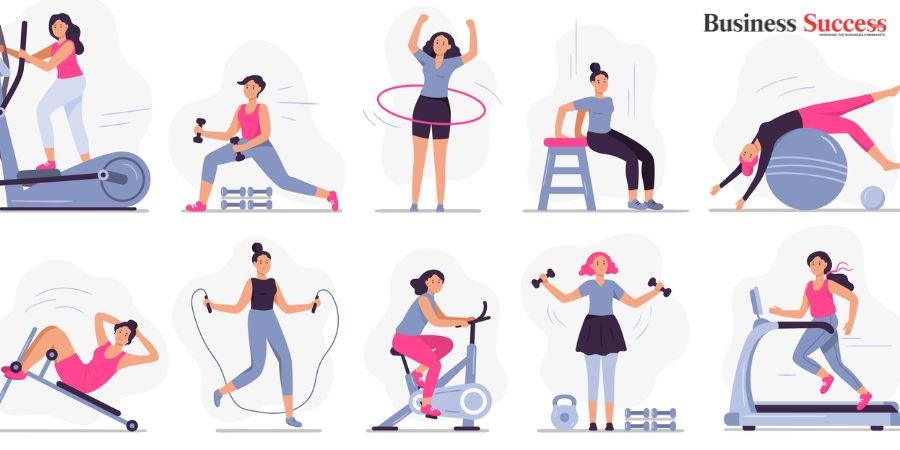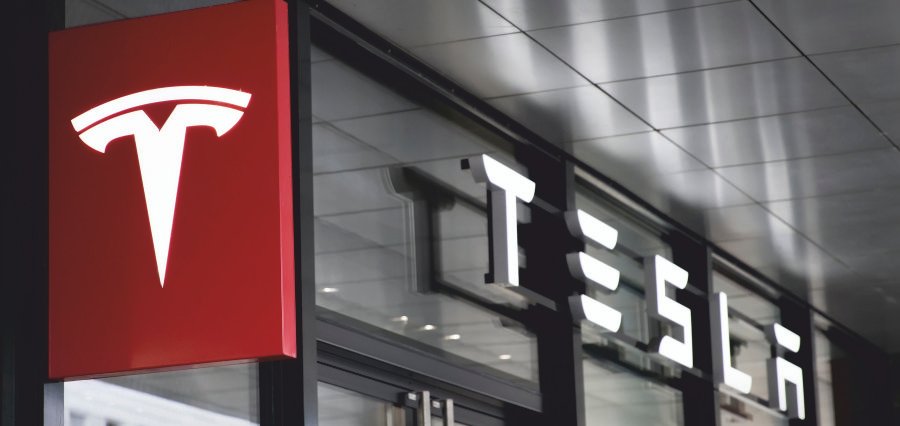Reinventing Wellness
The healthcare and wellness industry in 2025 is undergoing one of its most significant changes in history. The industry, which was once small and mainly focused on gyms, diets, and the athletic performance of a few, has now evolved into a complete wellness ecosystem driven by changed lifestyles, increased awareness, and the desire for balance.
This transformation is not only bringing a lot of new customers to the industry but also, by the very nature of the transformation, changing the concept of daily wellness. The present market is consumer-driven and those consumers are the ones who demand experiences, personalization, inclusiveness, and sustainable long-term wellness. Health and fitness trends are changing and they are the main reason why people rethink their living, working, and self-care habits.
A New Definition of Healthy Living
Health at the beginning was mainly related to physical fitness, however, now consumers have broadened the concept to include mental, emotional, and even energetic aspects of life. This change in consumer mindset is affecting their brand evaluation. Their condition is to be provided with the means which make healthy living easy rather than difficult.
Getting a good night’s sleep, eating healthily and in a mindful manner, managing stress, and being consistent rather than doing things intensely are increasingly becoming daily habits and wellness is less and less a matter of doing so intensively. Those companies that are willing to deliver holistic value to their customers instead of just offering a product or service are the ones that obtain most of the leadership in this new era of wellbeing.
The Rise of Personalized Wellness
One of the most significant issues that 2025 can put forward is, without a doubt, personalization. Also, today’s consumers permanently reject standards and look for personalized advice that fits their unique bodies, lifestyles, and goals. AI-powered applications, smart wearables, DNA nutrition plans, and adaptable workout programs are not the optional parts of the wellness journey, but the necessary ones.
The change here is from consumers being self-aware and seeking knowledge about themselves. They want to be informed about their stress patterns, sleep cycles, hydration levels, metabolic responses, and daily movement. With personalization, wellness becomes something achievable, relevant, and long-lasting especially since people look for solutions that are tailored to their real lives rather than ideal ones.
Mindfulness and Mental Wellbeing Take Center Stage
The increased focus on the importance of mental health has been a major stay-point of wellness trends. Now, consumers view mental wellbeing as the base of everything and not as something that could be optionally neglected. Wellness through meditation, breathwork, stress-relief therapies, and emotional resilience training is becoming common and integral parts of the people’s wellness routines.
The fusion of mental health with physical fitness is affecting the industry to produce that next generation of products which will soothe both the mind as well as the body – for instance, less intense workout sessions accompanied by meditation or other mindfulness practices. The brands that acknowledge the emotional and psychological aspects of their customers’ wellbeing end up getting their customers more deeply and loyally engaged.
Inclusive Wellness for All
The call for inclusiveness has been one of the main factors that have brought about the changes in this industry. Consumers want and are searching for wellness spaces that exist both as digital and physical platforms and they are resorting to them for wellness and health support as they perceive them as being safe, comfortable, and accessible for people of all ages, body shapes, abilities, and backgrounds.
In 2025, the embracing of inclusiveness is not a thing that a company can market and get an advantage from, rather it is something that consumers demand. The brands have increased the representation of the educators, such that the workouts have become more adaptable, making size-inclusive apparel, and providing models for accessing the budget. This change is not only reshaping the markets but also changing the definition of wellness – which is for whom: everyone.
The Sustainability Movement in Wellness
With the growth of lifestyle awareness, the consumers are of the view that their wellness decisions should be a reflection of their responsibility towards the environment. The upgradability of activewear, friendly-to-environment equipment, green gyms, and planet-friendly nutrition have become some of the greatest influencers of consumers’ purchasing decisions.
People want brands that match their morals, for example, products should be made ethically and there should be transparency in the supply chain and eco-conscious innovation. Sustainability should not be considered a specialty offering; instead, it should be seen as an essential aspect of the modern wellness experience.
The Wellness Experience: A Way of Life
Health and fitness market of 2025 are not really built or defined by individual trends but by one major outstanding transformation: wellness is becoming a lifestyle and not a luxury. Consumers are in the pursuit of real experiences rather than quick fixes. They want personalized help, user-friendly digital ecosystems, and authentic brands.
Putting wellness together again requires us to fully comprehend wellness as a lifestyle that is alive—integrated, intentional, and empowering.
The future leading brands will not only be the ones that keep up with people’s lives but also they will understand their dreams and be a source of their complete wellbeing. In 2025, wellness is not just another market trend; it is an cultural movement.














